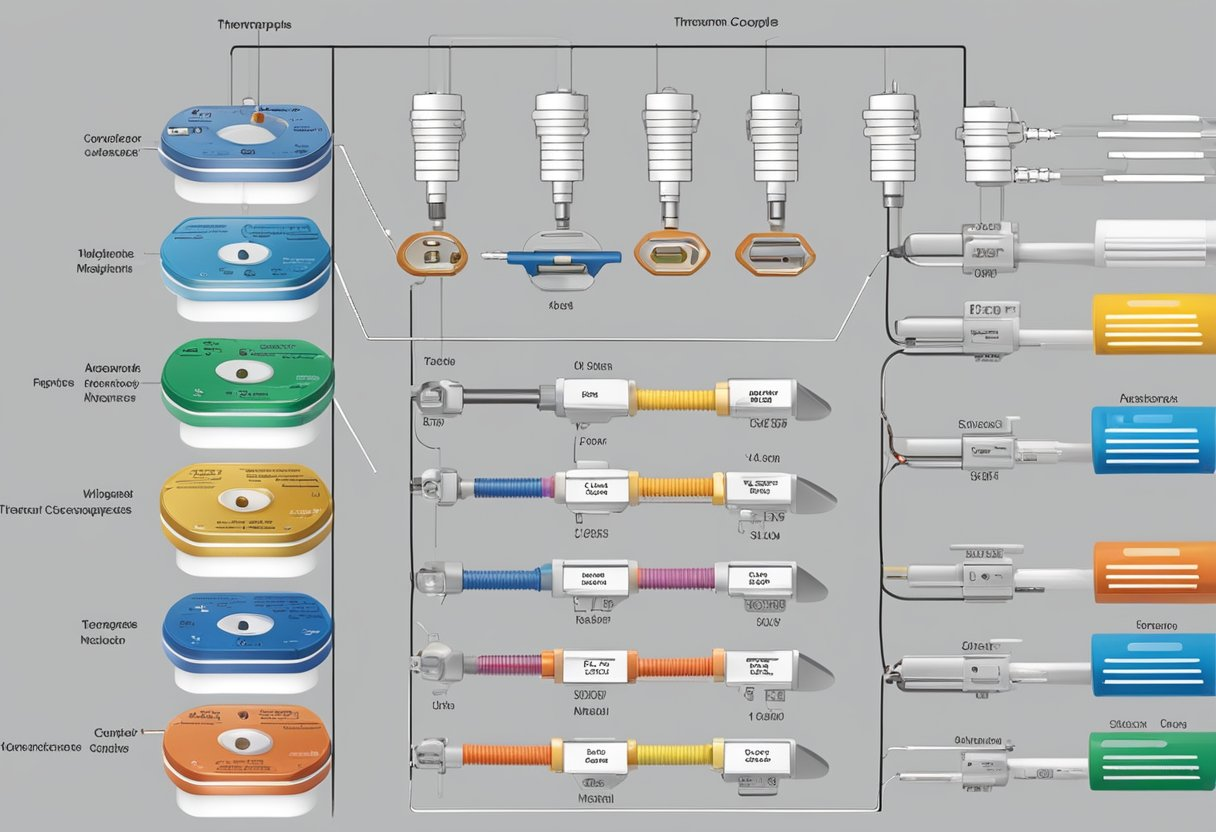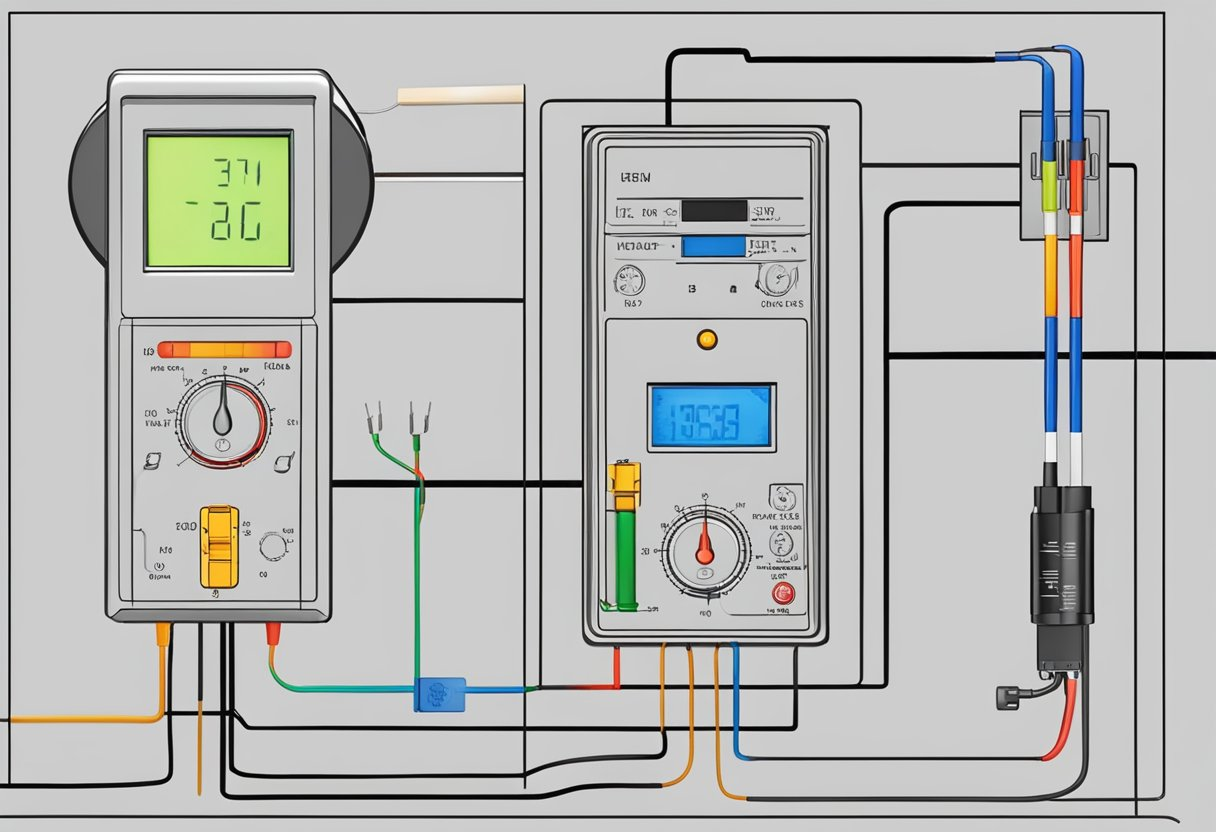Photoelectric Beam Sensor: Enhancing Security and Efficiency
Introduction:
A photoelectric beam sensor is an advanced technology that has revolutionized security systems and enabled efficient automation in various industries. In this article, we will explore the functionality, applications, and benefits of photoelectric beam sensors. From enhancing perimeter security to streamlining warehouse operations, this cutting-edge sensor plays a pivotal role in ensuring safety and optimizing processes.
Table of Contents:
1. Understanding Photoelectric Beam Sensors
2. Applications of Photoelectric Beam Sensors
3. Advantages of Photoelectric Beam Sensors
4. Choosing the Right Photoelectric Beam Sensor
5. Installation and Maintenance of Photoelectric Beam Sensors
6. Conclusion
1. Understanding Photoelectric Beam Sensors:
A photoelectric beam sensor operates on the principle of interrupting a beam of light between its transmitter and receiver components. This sensor consists of two main units – the emitter/transmitter unit and the receiver unit. The emitter projects a beam of light, while the receiver detects any interruption caused by an object or person crossing the path of the beam.
2. Applications of Photoelectric Beam Sensors:
2.1 Perimeter Security:
Photoelectric beam sensors are extensively used in security systems to safeguard perimeters. By installing these sensors at strategic points, such as fences or gates, any unauthorized intrusion can be immediately detected. These sensors offer an effective deterrent against burglaries and trespassing.
2.2 Access Control:
In addition to perimeter security, photoelectric beam sensors also play a crucial role in access control systems. They can be integrated with entry points, such as doors or turnstiles, to allow authorized personnel only. Any interruption in the beam triggers an alarm, preventing unauthorized access.
2.3 Industrial Automation:
Industrial facilities, such as warehouses and manufacturing plants, rely on photoelectric beam sensors for efficient automation. These sensors enable reliable object detection, allowing for smooth material handling and precise positioning of machinery. By minimizing manual intervention, productivity is enhanced, and operational costs are reduced.
3. Advantages of Photoelectric Beam Sensors:
3.1 Versatility:
Photoelectric beam sensors offer versatility in their applications. They can be utilized both indoors and outdoors, making them suitable for a wide range of settings. Furthermore, they can detect objects of various sizes and materials, providing flexibility in different environments.
3.2 Accuracy and Reliability:
With advanced technology, photoelectric beam sensors provide high accuracy in object detection. They can discern between people, vehicles, or even small objects, ensuring reliable performance. These sensors have a low probability of false positives or negatives, enhancing overall system integrity.
3.3 Easy Installation:
Installing photoelectric beam sensors is relatively simple and hassle-free. With adjustable mounting brackets and clear alignment indicators, precise installation becomes effortless. This ease of installation saves time and minimizes disruptions during the setup process.
4. Choosing the Right Photoelectric Beam Sensor:
When selecting a photoelectric beam sensor, several factors should be considered. These include the required detection range, environmental conditions, power supply options, and compatibility with existing systems. Consulting with professionals in the field can help determine the most suitable sensor for specific needs.
5. Installation and Maintenance of Photoelectric Beam Sensors:
To ensure optimal performance, proper installation and regular maintenance of photoelectric beam sensors are crucial. Care should be taken to align the transmitter and receiver accurately. Periodic cleaning of lenses and checking for any obstructions is necessary to avoid false alarms or compromised detection capabilities.
6. Conclusion:
In conclusion, photoelectric beam sensors offer an array of benefits in terms of security enhancement and process optimization. With their advanced technology, these sensors provide accurate and reliable object detection, making them indispensable in various industries. From perimeter security to industrial automation, the applications of photoelectric beam sensors continue to expand, contributing to safer and more efficient environments.
Remember, stay updated with the latest advancements in photoelectric beam sensors to maximize their potential and enjoy a seamless integration into your security or automation systems.

The Rise of Smart Home Temperature Sensors: Chinese Manufacturers Leading the Future of Home Automation
The integration of smart home technology has transformed daily living, making homes more efficient and responsive. As consumers increasingly seek comfort and convenience, smart home temperature sensors have emerged as




